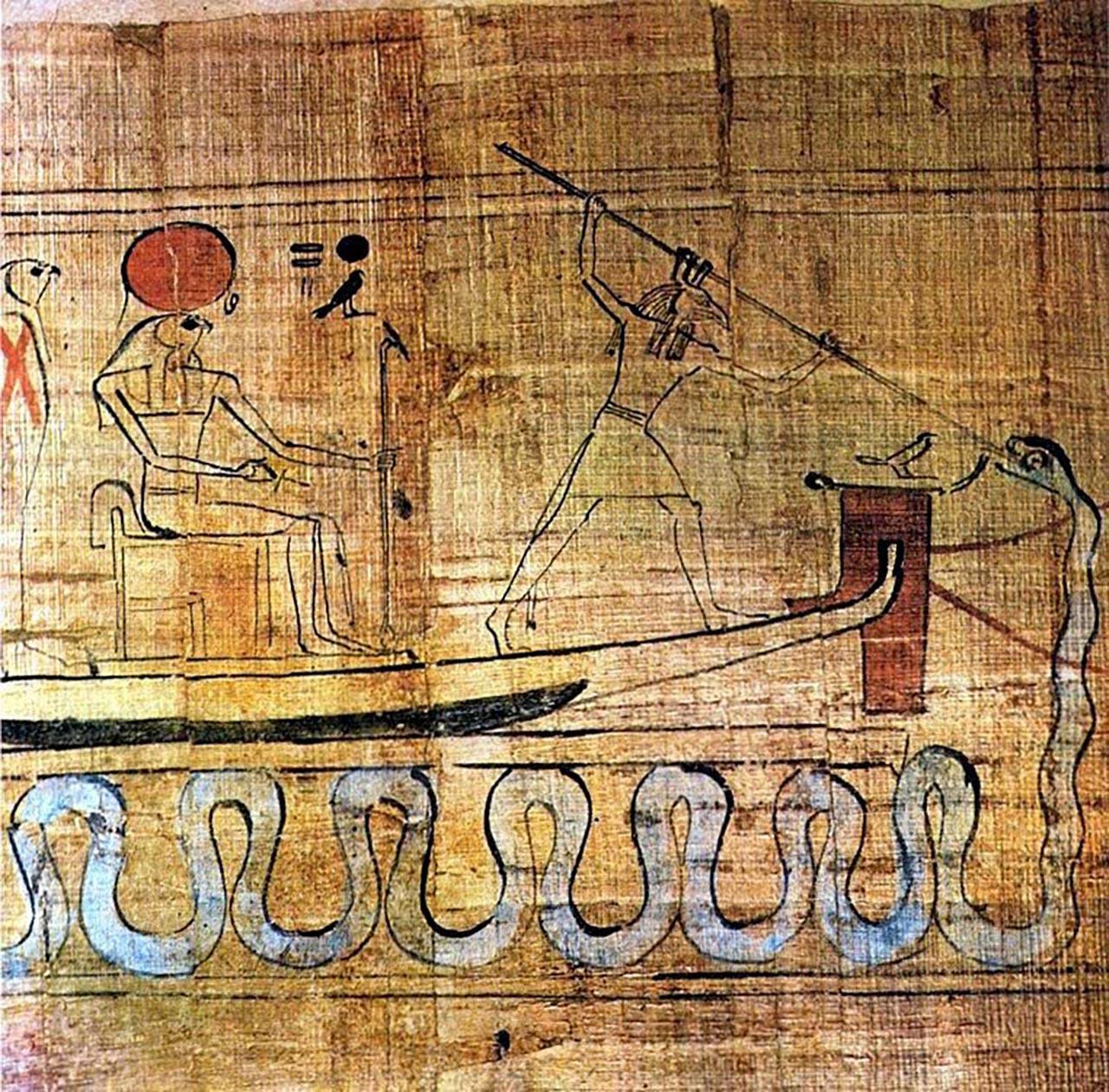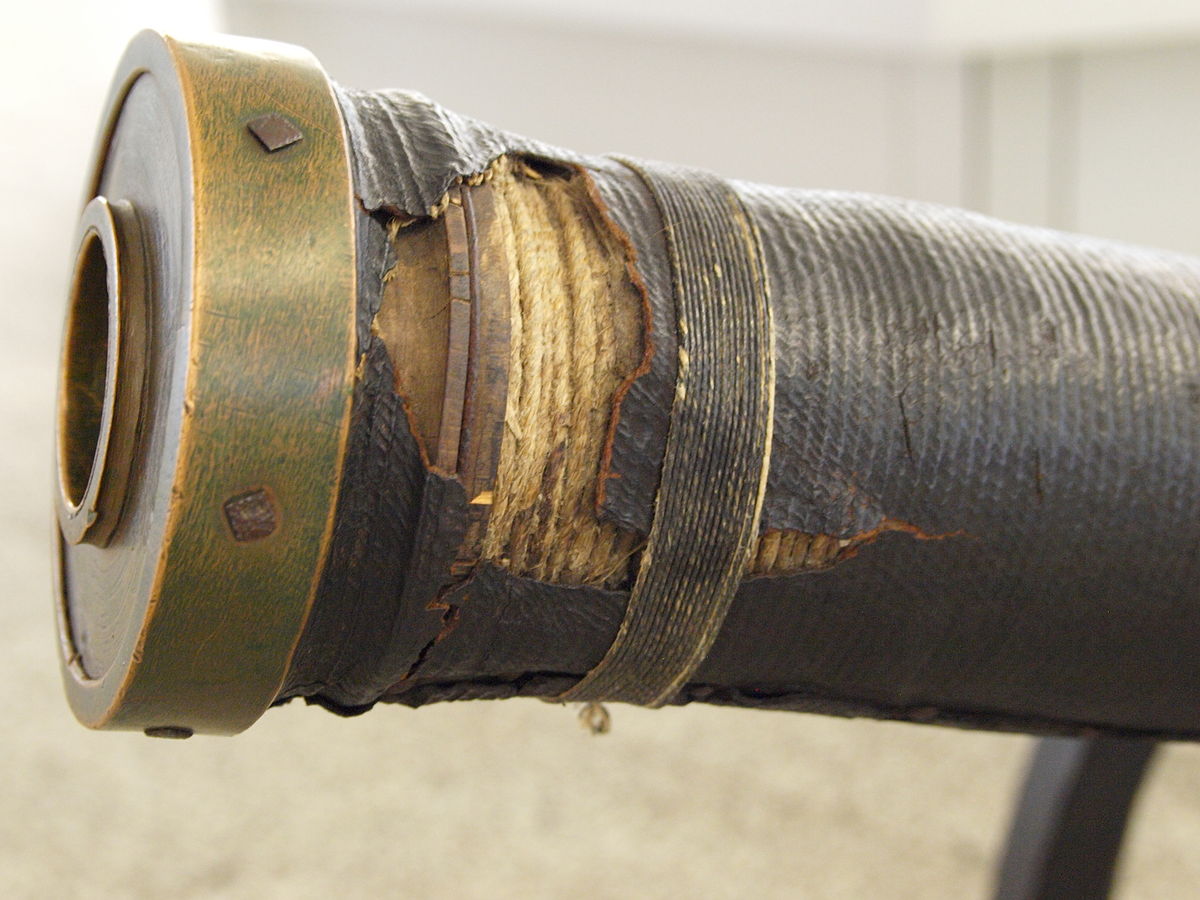The Egyptian Origins of Chemistry – Urine, Fertility and Finding God II
In the last part I already mentioned the importance to understand the cultural context Imhotep made his discovery. Let us try not only to understand the underlying science but mythical world the early Egyptian chemist-priest inhabited.
The Mystical World
The sun is the giver of life, controlling the ripening of crops which were worked by man. Because of the life-giving qualities of the sun the Egyptians worshiped the sun as a god. The creator of the universe and the giver of life, the sun or Ra represented life, warmth and growth. Since the people regarded Ra as a principal god, creator of the universe and the source of life, he had a strong influence on them, which led to him being one of the most worshiped of all the Egyptian gods and even considered King of the Gods (1).
At an early period in Egyptian history his influence spread throughout the whole country, bringing multiple representations in form and in name. The most common form combinations are with Atum (his human form), Khepri (the scarab beetle). On top of his head sits a solar disc with a cobra, which in many myths represents the eye of Ra. At the beginning of time, when there was nothing but chaos, the sun-god existed alone in the watery mass of Nun which filled the universe.
“I am Atum when he was alone in Nun, I am Ra when he dawned, when he began to rule that which he had made." This passage talks about how Atum created everything in human form out of the chaos and how Ra then began to rule over the Earth where humans and divine beings coexisted. He created Shu, god of air, and the goddess of moisture, Tefnut. The siblings symbolized two universal principles of humans: life and right (justice). Ra was believed to have created all forms of life by calling them into existence by uttering their secret names. In some accounts humans were created from Ra's tears and sweat, his very essence so to speak.
Ra was thought to travel on the Atet, two solar barques called the Mandjet (the Boat of Millions of Years) or morning-boat and the Mesektet or evening-boat. These boats took him on his journey through the sky and the Duat – twelve hours of night which is also the literal underworld of Egypt. While Ra was on the Mesektet, he was in his ram-headed form. When Ra traveled in his sun-boat, he was accompanied by various other deities including Sia (perception) and Hu (command), as well as Heka (magic power). Sometimes, members of the Ennead helped him on his journey, who overcame the serpent Apep.
Apep, the god of chaos (isfet), was an enormous serpent who attempted to stop the sun-boat's journey every night by consuming it or by stopping it in its tracks with a hypnotic stare. During the evening, the Egyptians believed that Ra set as Atum or in the form of a ram. The night boat would carry him through the underworld and back towards the east in preparation for his rebirth. These myths of Ra represented the sun rising as the rebirth of the sun by the sky-goddess Nut; thus attributing the concept of rebirth and renewal to Ra and strengthening his role as a creator god as well.
Ra and his divine entorurage struggling with Apep
The Chaos of the Second Dynasty and It’s Banishment
We probably don’t have any directly written down accounts of Imhotep’s thoughts (although in the coming centuries every seconded text on pretty much any topic got attributed to him to invoke his authority). There is however enough information to reconstruct a general picture of the time.
The turbulent last years of the Second Dynasty (c. 2890 – c. 2686 BC), seemed finally at an end as Egypt rose from the turmoil which plagued the region since the end of the First Dynasty (3150 –2890). The precise cause of this civil unrest is unclear as sources for this period are confused and even the dates of the rulers are unreliable. But all sources agree that the reign of Djoser, marked the beginning of the Third Dynasty and an era of peace and property, although known as the Age of Pyramids and Firework. This good fortune however wasn’t clear at the time. In fact it looked to Imhotep and his contemporaries as if Apep would deliberately interfere with the fertility of the Queen consort to prevent the birth of Djosers heirs, threatening new instability for the realm.
Ra's victory each night was thought to be ensured by the prayers of the Egyptian priests and worshipers at temple in Heliopolis. The priests practiced a number of rituals and superstitions that were thought to ward off Apep, and aid Ra in continuing his journey across the sky. In an annual rite called the “Banishing of Chaos”, priests would build an effigy of Apep that was thought to contain all of the evil and darkness in Egypt, and burn it to protect everyone from Apep's evil for another year.
The Egyptian priests had a detailed guide to fighting Apep, referred to as “The Books of Overthrowing Apep”. The chapters described a gradual process of dismemberment and disposal, and include:
- Spitting Upon Apep
- Defiling Apep with the Left Foot
- Taking a Lance to Smite Apep
- Fettering Apep
- Taking a Knife to Smite Apep
- Putting Fire Upon Apep
In addition to stories about Ra's victories, this guide had instructions for making wax models, or small drawings, of the serpent, which would be spat on, mutilated and burnt, whilst reciting spells that would kill him. Fearing that even the image of Apep could give power to the demon, any rendering would always include another deity to subdue the monster. As Apep was thought to live in the underworld, he was sometimes thought of as an Eater of Souls. Thus the dead also needed protection, so they were sometimes buried with spells that could destroy Apep.
Overthrowing Apep for Good
Now simply letting the urine dry did help with recovering some “organic” salts but these didn’t immediately lead to a fertility cure. So Imhotep or the priest in Heliopolis put in charge of his little project began to experiment with ways to refine the process. Finally they were able to recover something useful after boiling it instead of waiting for nature to do its work. Imhotep or probably rather one of his temple’s priest heated residues from boiled-down urine on his furnace until the retort was red hot, where all of a sudden glowing fumes filled it and liquid dripped out, bursting into flames. Then Imhotep/ the unnamed priest could catch the liquid in a jar and cover it, where it solidified and continued to give off a pale-green glow. What he collected was essence of Ra, a dried piece of the sun or as we know it today phosphorus (“light-bearing").
The wonderful miracle material found its way into the soon upcoming "Banishment of Chaos" ritual. It not only impressed the human audience but apparently not even Apep was willing to deal with this kind of fire hazard. Soon Djoser was blessed with a healthy family including his daughter Inetkawes and his son and successor Sekhemkhet.
(1) Ancient Egyptian creation myths are the ancient Egyptian accounts of the creation of the world. The Pyramid Texts, tomb wall decorations and writings, dating back to the Old Kingdom (2780–2250 BC) have given us most of the information regarding the different early Egyptian creation myths. Some elements they all have in common. They all held that the world had arisen out of the lifeless waters of chaos, called Nu. They also included a pyramid-shaped mound, called the benben, which was the first thing to emerge from the waters. These elements were likely inspired by the flooding of the Nile River each year; the receding floodwaters left fertile soil in their wake, and the Egyptians may have equated this with the emergence of life from the primeval chaos. The imagery of the pyramidal mound derived from the highest mounds of earth emerging as the river receded. The different creation accounts were each associated with the cult of a particular god in one of the major cities of Egypt: Hermopolis (Ogdoad eight primordial deities), Heliopolis (see the text above), Memphis (Ptah - patron god of craftsmen) and Thebes . (Amun was not merely a member of the Ogdoad , but the hidden force behind all things). To some degree, these myths represent competing theologies, but they also represent different aspects of the process of creation and were all seen as acceptable explanations.
People, Notes and Sources
wikpedia articles; Imhotep; phosphorus, Egyptian mythology etc.

